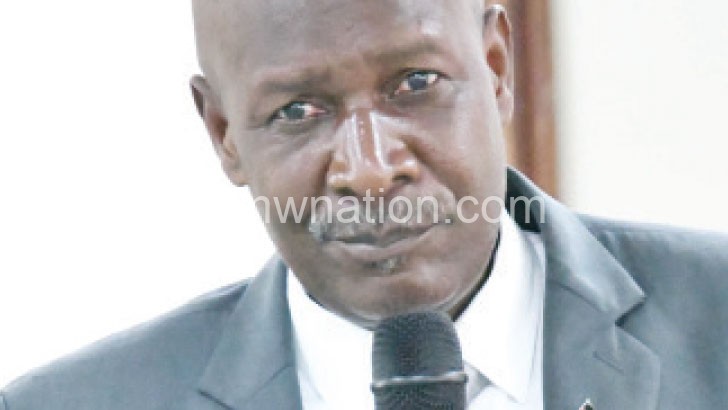Malawi is yet to start reaping benefits from the Buy Malawi Strategy, six years after its launch, industry players have said.
The strategy was launched in March 2016 to enhance competitiveness of local firms, stimulate local production, promote industrialisation and enhance import substitution.
In the short to medium term, the strategy was envisioned to reduce the import bill and assist in narrowing Malawi’s trade deficit, to save foreign currency by directing it towards the procurement of more productive inputs, such as equipment and machinery and vital raw materials.
Ministry of Trade and Industry officials have been engaged in Buy Malawi campaign
However, six years down the line, the situation has not gotten any better.
In an interview on Tuesday, Buy Malawi Strategy deputy chairperson Mike Mlombwa admitted that little has been done in the past six years to promote the initiative.
He said the strategy, has been dealing with price systems and mindset change, but with little progress.
Said Mlombwa: “Things are disorganised. This is a good initiative, but it needs political will.
“With the forex shortage, we ought to have taken advantage to promote patronage of locally produced goods, but what we see is that Malawians are addicted to imports.”
Ministry of Finance and Economic Affairs figures show that the country’s merchandise trade balance has worsened from K520 billion in 2016 to K797 billion in 2021, with imports jumping from K1.02 trillion in 2016 to about K2.06 trillion in 2021.
During the same period, exports jumped from K64.8 billion in 2016 to about K1.26 trillion in 2021.
According to Ministry of Trade and Industry, the export basket continued to be highly dominated by agricultural products with tobacco, sugar and coffee accounting for over 70 percent of the export basket.
On the import front, fuel, telecommunication gadgets, pharmaceutical products, mechanical appliances, vehicles, animal and vegetable fats, second hand clothing items and plastics have claimed over 60 percent of Malawi’s import basket.
Currently, Malawi requires $3 billion per year to finance its import bill, but only generates $1 billion, according to the Reserve Bank of Malawi data.
Chamber for Small and Medium Businesses Association executive secretary James Chiutsi observed that little effort has been invested to improve the business environment, competitiveness and capacity of small and medium enterprises, thereby limiting the benefits.
On his part, Consumers Association of Malawi executive director John Kapito said the initiative would have been a winning strategy if the design and promotion was directed at the consumers with clear tangible benefits.
National Working Group on Trade Policy chairperson Frederick Changaya said in an interview on Tuesday that there are moderating variables that mask some gains of the strategy.
Changaya, who is managing director of Applecore Grain and Milling Limited, said: “Key question we can ask ourselves is, without the preferential public procurement and the strategy, where would many micro, small and medium enterprises owned by indigenous people be?
Ministry of Trade and Industry is set to launch regulations for the Buy Malawi Strategy to compel retailers to stock a certain percentage of locally produced products.
The post Buy Malawi strategy falters six years on appeared first on The Nation Online.
 Moni Malawi
Moni Malawi 

